Ancient Rome was one of the greatest civilizations in history. From its birth in the 8th Century BC, it grew from a small settlement on the Italian Peninsula into one of the greatest empires in the ancient world.
One of the more fascinating elements of ancient Rome was its formidable army which was known to be extremely disciplined, strong, skilled, and highly efficient.
Their glory spread across the surface of the earth as they made their conquests around the Mediterranean and beyond. From the Atlantic to Arabia, and from the Rhine and Danube to the coast of North Africa, the army of ancient Rome made its mark as the backbone of the Roman empire.
Today we reveal some of the interesting things about this historic military outfit.
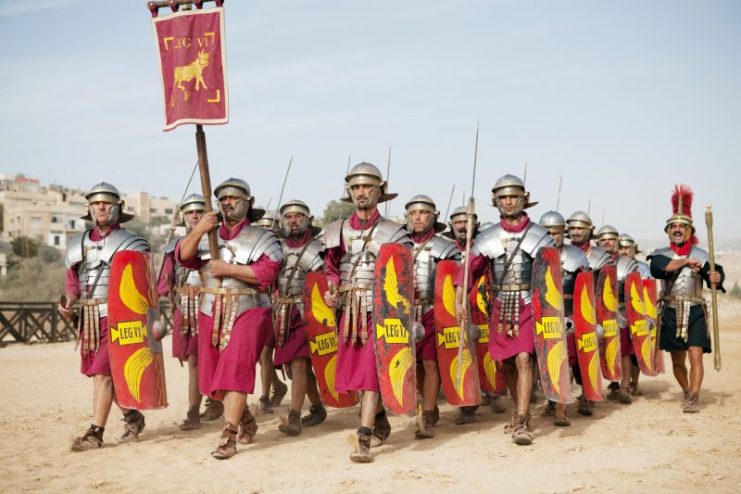
Below are ten things you should probably know:
-
Decimation
As Rome grew in size, its enemies also grew. Although it was constantly threatened by barbarian invasions, Rome also had to worry about internal decay.
The Roman military was strictly disciplined since the powers-that-be knew that such a force was essential if Rome was to last for long. Cases of mutiny, desertion, and insubordination were dealt with by the most severe punitive measures.
One such measure was called decimatio, meaning “removal of a tenth.” Translated directly to English as “decimation,” this punishment was a pragmatic move towards balancing the need to punish capital offenses and the realities of controlling very large groups of offenders.
The Roman Army is made of legions which are further broken down into cohorts. Ten cohorts make a legion, and there are about 480 soldiers in a cohort.
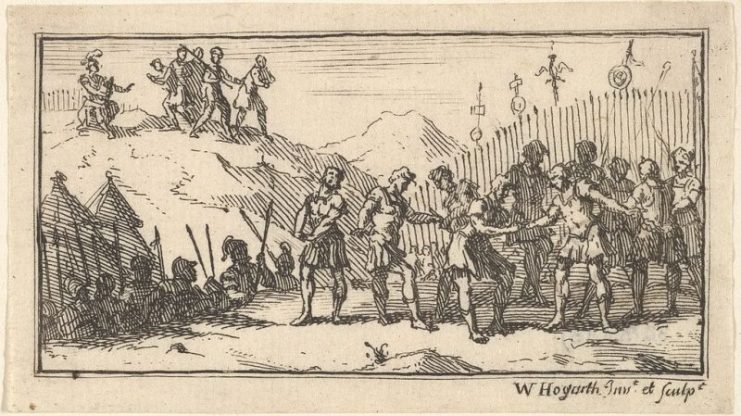
When an offense was reported within a cohort, those men would be divided into groups of ten. Each group would draw a lot, and whomever the lot fell upon would be executed — by the other nine men in his group. Such victims were executed by stabbing, stoning, or clubbing.
The rest of the soldiers would then be deprived of the standard Roman military diet for a few days. They would be fed barley instead of wheat and made to bivouac outside the camp.
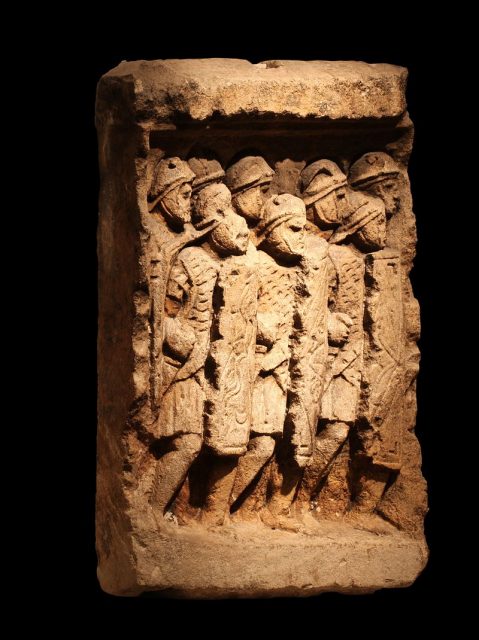
-
The Roman Helmet
The Roman helmet was called a galea, and it had two purposes: protection and identification.
The helmets usually came with cheek guards and were thicker in places most likely to be hit.
Helmets worn by legionaries and centurions had crests made of plumes of horse hair which were usually dyed red. With the distinct nature of their helmets, it was easy to identify these men in the midst of a battle.
Some ancient historians such as Polybius assert that the helmet worn by the Roman soldiers had a psychological function to it. He said in his book The Histories of Polybius that the helmets were adorned with a “circle of feathers” which served to make a soldier appear twice as tall as he actually was.
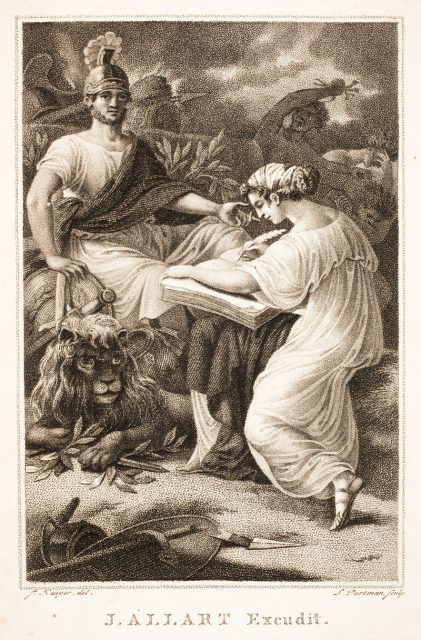
-
Rome’s Military Structure and Organization
The Roman Army is one of history’s most organized military institutions. One of its very interesting features is its structural setup. At one time, the Roman Army was estimated to have been made up of about 375,000 men if only legionary and auxiliary troops were taken into consideration.
These men were organized into legions, cohorts, centuries, and contuberniums.
The contubernium represented the smallest unit of the Roman Army. It consisted of eight men who fought, camped, and worked together.
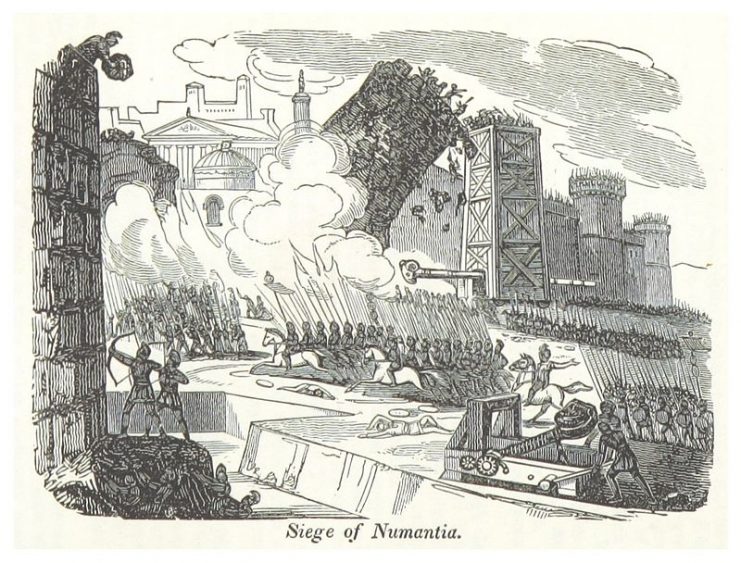
A collection of ten contuberniums made up a century. Each century was led by a centurion.
About six centuries would then form a cohort which would also usually combine in groups of ten to form separate legions. These soldiers were known as legionaries and were headed by legates. These legates were responsible for maintaining all forms of discipline and conformities to the standards of the Roman Army.
The soldiery of the ancient Roman army ranged from mounted archers to heavy infantrymen. They were also accompanied by cavalry.
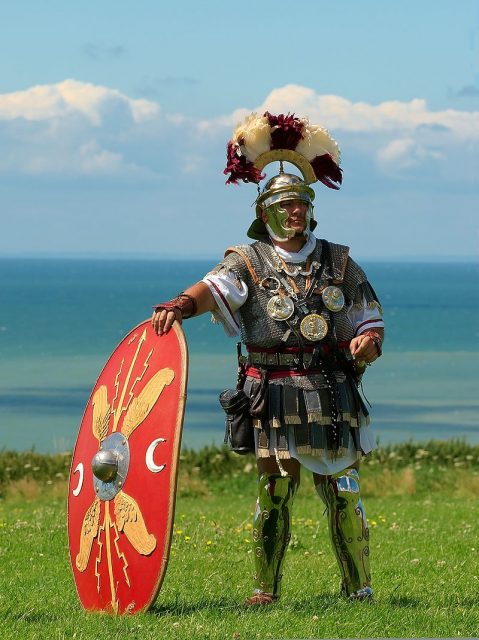
-
Recruitment System
The Roman Army consisted mainly of legionaries and auxiliaries.
To begin with, there was an annual levy in Rome that required citizens to serve in the military. As Rome’s territory expanded, the army became more professional and salaried. Eventually, Roman citizens were no longer the only ones in the Roman army.
Essentially, the units of citizen infantry were referred to as legions while non-citizens in the army were referred to as auxilia.
Only men from the age of 20 and above could join the army, and they had to serve at least 25 years before they were allowed to retire.
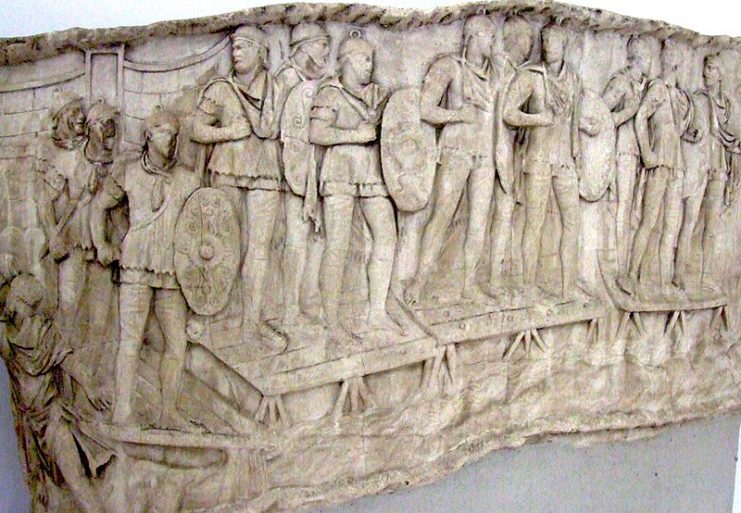
-
The Fetials
The fetials were a group of Roman priests who played significant roles in Rome’s international relations. They were mostly used for the declaration of war as well as ending conflicts by means of treaties.
One particular event spoken about in Book 1 of Titus Livius’s History of Rome was that of Pater Patratus’s actions on the border of an enemy’s territory.
As Rome waited, Patratus went all the way to the border, announced his intentions, justified his mission in words of prayer to Jupiter, and then crossed the boundary as a sign that Rome was about to capture the said territory.
This was a ritual performed by the fetials to prevent Rome from waging a war “unjustly.”
If war was to be declared on any nation, the fetials would walk to the enemy’s boundary and hurl a spear into the territory.
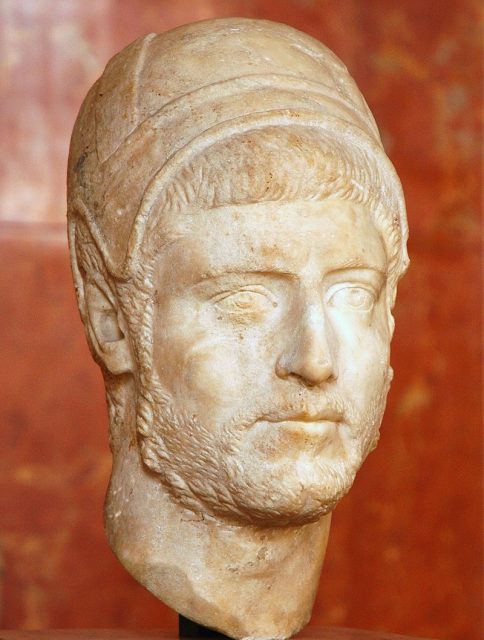
Sometimes the said territory was too far off for this to be viable. To enable the priests to perform the ritual nonetheless, there was a special piece of land before the Temple of Bellona where the fetials threw the spear as if it were being thrown into the enemy’s territory.
Once this ritual was completed, the Roman Army would prepare for war.
https://youtu.be/eN1IML5g34I
-
The Gladius Hispaniensis
A standard Roman legionary after the Marian reforms was equipped with a shield, javelin, a sword, and a dagger.
The gladius hispaniensis was a very popular sword used by the Roman heavy infantrymen.
According to Titus Livius (Livy) and Polybius, the Roman Army adopted the sword after encountering Celtiberian mercenaries using it at the Battle of Cannae. The masterful slashing and thrusting employed by these Celts were attributed to their short swords. So the Romans, even before the end of the Punic Wars, adopted the weapon themselves.
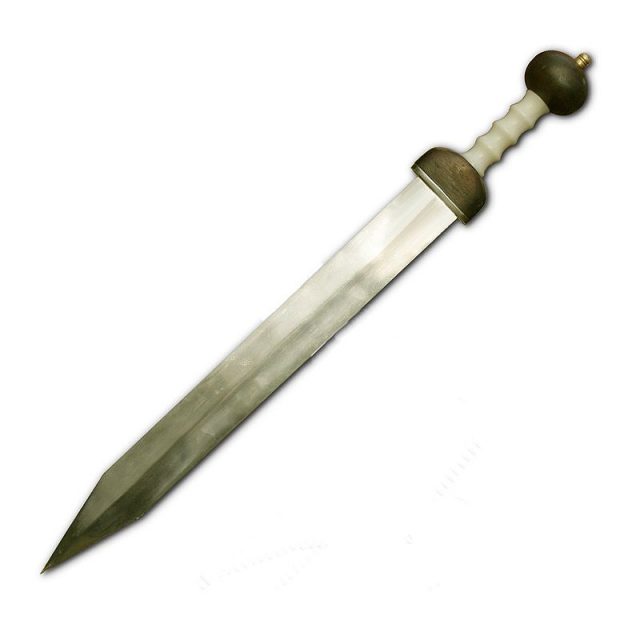
Famous politician and Roman General Titus Manlius Torquatus earned his last name after his engagement with a hefty Gallic soldier in one of the most famous duels of the Roman Republic.
During this encounter, he made use of the gladius. As the duel began, Manlius struck underneath the Gaul’s shield, fatally cutting his abdomen. He then took out the Gaul’s torc and wore it over his own neck. This was how the name Torquatus came about.
During the Macedonian War, the Macedonians, according to Livy, trembled as they saw how limbs fell and heads rolled in the dirt with each slash of the gladius hispaniensis.
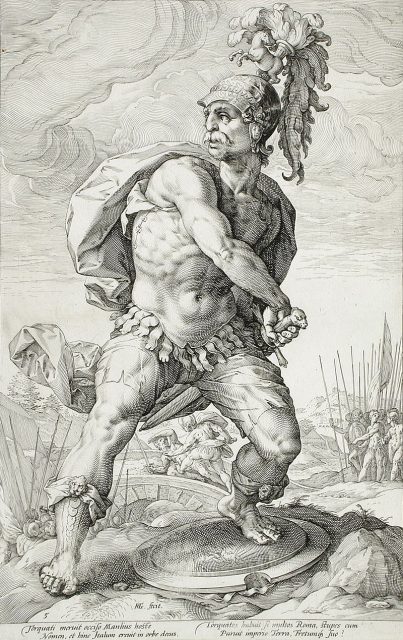
-
The Donativum
This word alone represents some of the darkest periods of the Roman Empire. Translated directly to “donative” in English, it was originally a form of payment given to Roman Legions and, more particularly, the Praetorian Guards.
The Praetorian Guards were the elite units of the Roman Army who served as personal bodyguards to the Roman emperors.
With Rome’s colossal expansion and rise in power, darkness slowly crept in through its moral defenses. Internal tensions were becoming commonplace as prominent members of the empire sought to sit on the emperor’s seat.
The only people who could relatively easily aid in the removal (or murder) of an existing emperor were the Praetorian Guards.
The donative was a bribe which newly installed emperors gave to the Praetorian Guards for helping them achieve their aim.
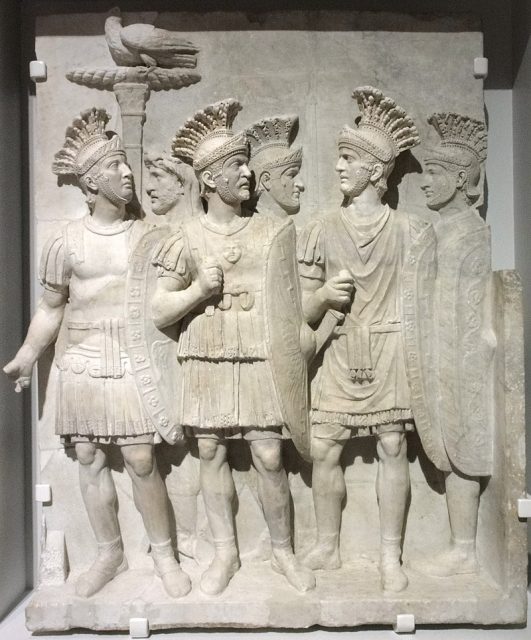
-
Seasons of War
Rome was an economy based on agriculture. According to Chapter V in the History of Rome by Livy, in the early days, battles were waged between sowing and harvest. Due to the difficulty of moving soldiers during the winter, if a battle was inconclusive by the end of summer, Livy said: “our soldiers must wait through the winter.”
This implies that the Roman soldiers did prefer to fight during the summer. When winter kicked in, the Romans preferred to do other things, as illustrated by Livy who said: “The pleasure of hunting carries men off through snow and frost to the mountains and the woods.”
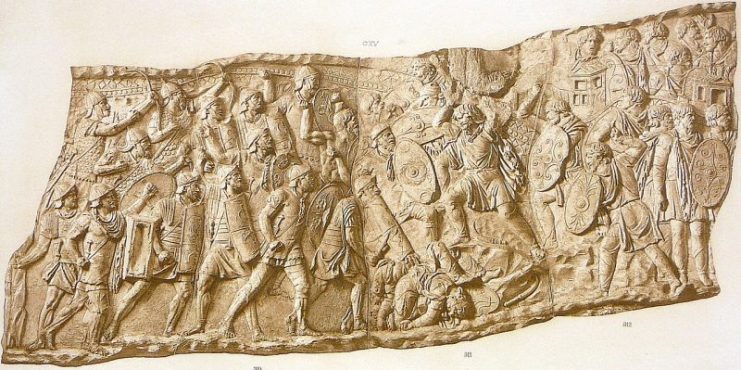
-
The Roman Siege Warfare
In ancient warfare, fighting over open fields was the norm. But sometimes, when the defenders decided to hold their positions behind the highly fortified walls of their city, siege warfare became necessary.
As the Roman Army continued to take over territories, it became adept in the art of siege warfare. The Army employed artillery weapons, formidable siege towers, and engineering skills in breaking through the walls of Rome’s enemies.
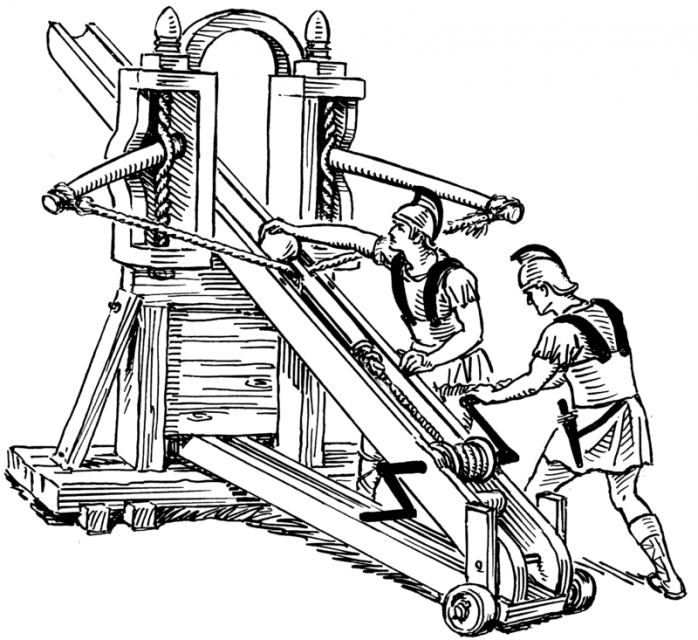
Roman soldiers were known to continue assaulting the walls of a city for as long as it took until the walls yielded. Some sieges took several months or even years to accomplish.
In the early first century B.C., while the Romans laid siege to the city of Themiscyra, the soldiers were said to have dug tunnels under the city in a bid to get past the walls.
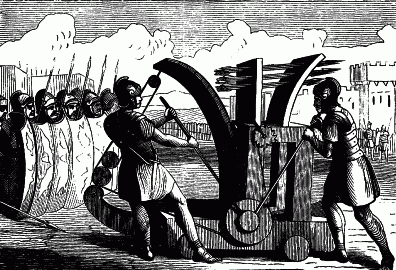
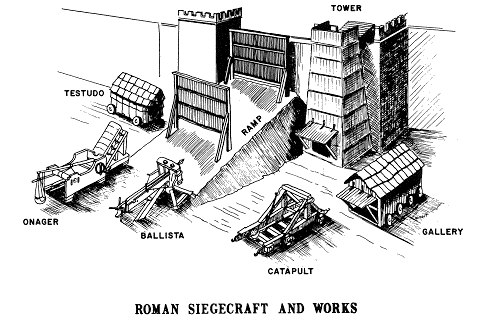
-
The Roman Military Culture
The Roman military culture was described by British Historian Peter Heather as being “just like the Marines, but much nastier.”
Discipline was fiercely enforced in the Roman military, and training was particularly harsh. Emphasis was laid on loyalty and teamwork over individual performance in a bid to bind the soldiers into effective fighting units.
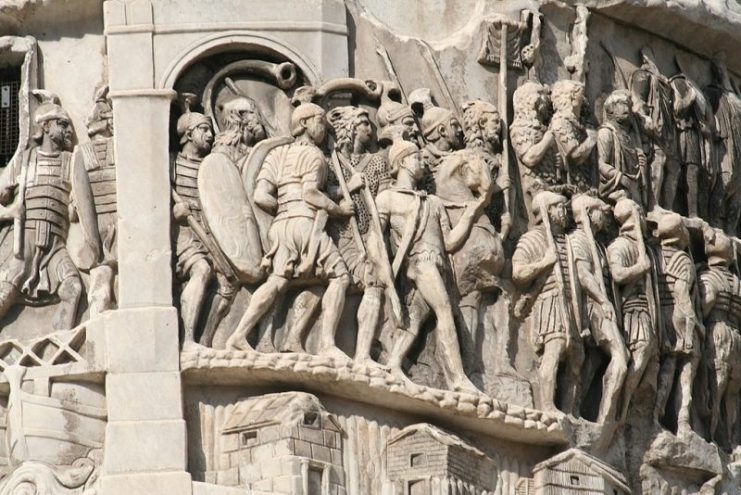
Read another story from us: How War Built An Empire: Conflicts Ensured Rome’s Future Growth
During battles, all men were conditioned to maintain the same formation and avoid wild swinging blows.
Literacy was a highly valued virtue in the Roman Army. As a matter of fact, the level of literacy in the Roman military was far higher than that of Roman society in general.
